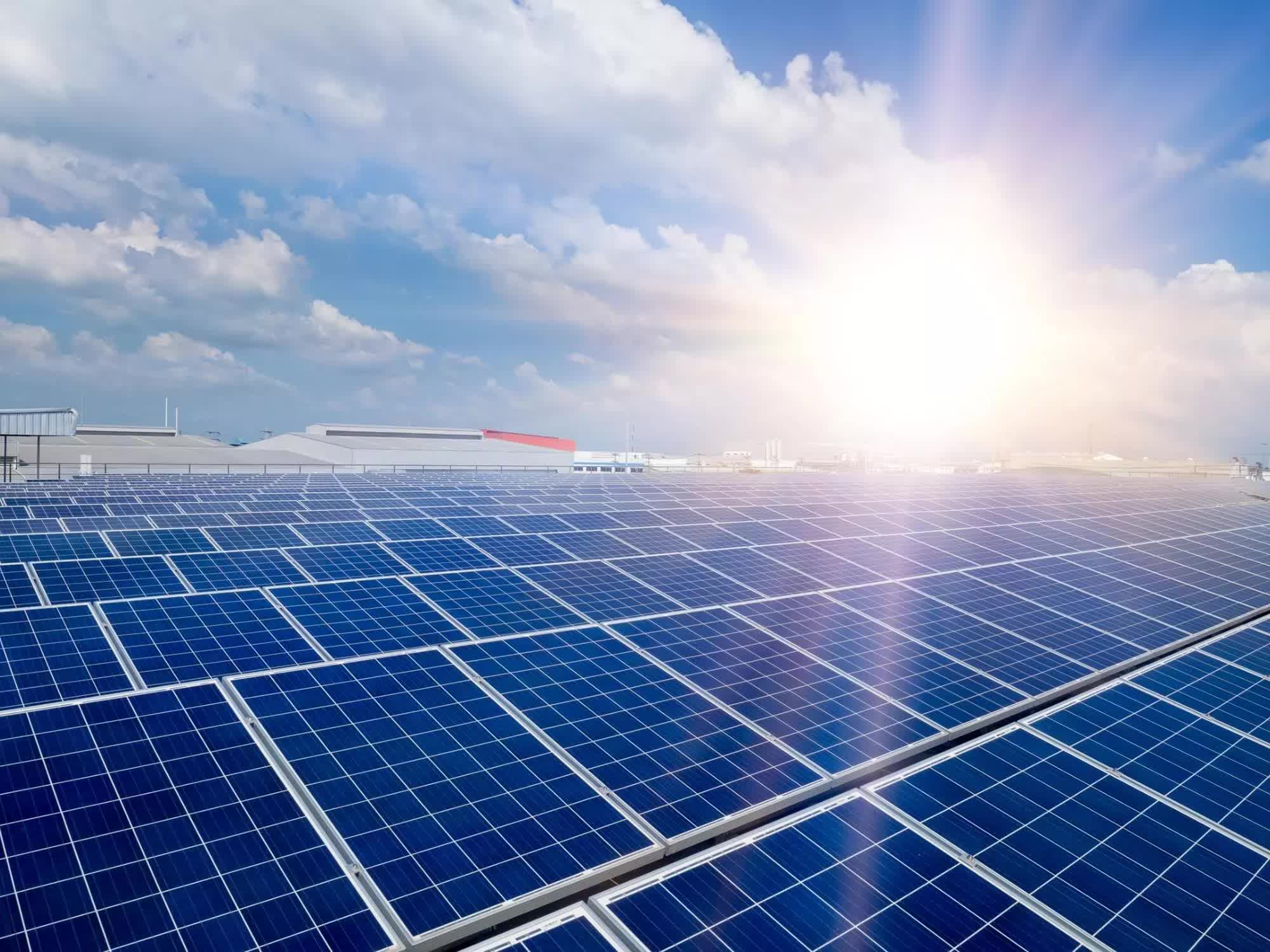What just happened? The solar energy revolution might be about to shift into an even higher gear. Researchers in Germany have developed a groundbreaking new light-harvesting system that could drive a huge leap in solar cell efficiency by absorbing light across the entire visible range.
For years, solar tech has been hamstrung by some fundamental limitations. Traditional silicon-based solar cells can absorb light across the entire visible spectrum, which is great, but they do so “weakly.” They also need to be thick – we’re talking micrometers – to soak up enough photons to generate meaningful electricity. That added bulk makes them heavier, pricier, and harder to integrate seamlessly into buildings and vehicles.
On the flip side, thin-film solar cells made from organic dyes are cheap and lightweight, clocking in at just 100 nanometers thick. But they can only absorb a narrow slice of the solar spectrum, which is not an ideal tradeoff.
Now, scientists at the University of Würzburg may have cracked the code with a new bio-inspired design. The study, published in the journal Chem, highlights a new system, dubbed URPB, modeled after the photosynthetic antennae in plants and bacteria that so efficiently capture sunlight.
But rather than relying on nature’s complex machinery, the URPB uses a simpler structure – four different dyes arranged in a precisely stacked configuration. Because the arrangement is so neat, it can capture light across UV, visible, and near-infrared wavelengths with excellent efficiency. And that’s where the name comes from. URPB corresponds to the four light wavelengths each layer can absorb: ultraviolet, red, purple, and blue.
In the team’s testing, the system converted a full 38% of incoming light into useful energy – orders of magnitude better than the individual dyes could manage on their own, maxing out at just 3%.
Current solar cell technology is rapidly maxing out in efficiency and the above research is far from the only attempt at squeezing more power out of cells. For instance, a recent Turkish study analyzed a semi-spherical photovoltaic solar cell structure that could absorb up to 66% more light compared to flat panels. Computer simulations looked promising, but real-world prototyping is needed.
Before this in 2023, scientists attempted to enhance traditional silicon solar cells by adding a new perovskite layer on top. This compound captures different light wavelengths, potentially increasing efficiency beyond 30% – a pivotal threshold for making solar energy more viable at a global scale.
Of course, moving technology like this from the lab to commercial-scale manufacturing is always an uphill battle. Every solar breakthrough sparks plenty of hype before reality sets in.

